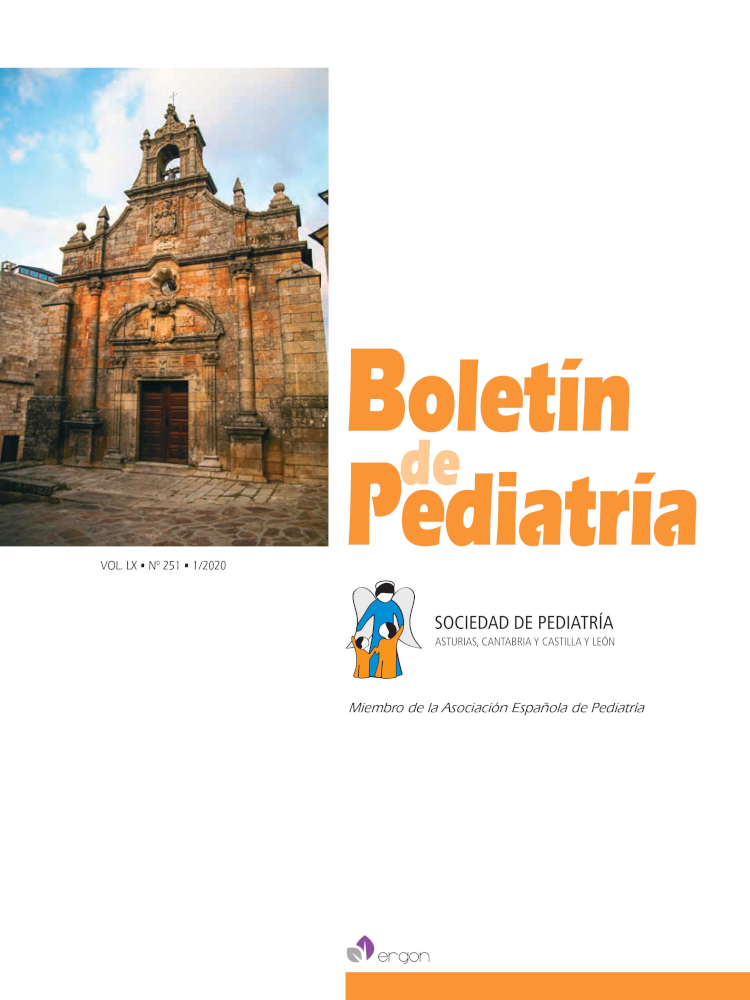Abstract
Introduction. Anaphylaxis is a severe, rapidly onset, life-threatening and multisystemic allergic reaction that can affect children and young people. Objectives. To describe the characteristics of pediatric patients diagnosed with anaphylaxis in the Emergency Department of the University Hospital of León. Material and methods. A descriptive retrospective study of diagnosed cases of anaphylaxis in the emergency department was carried out through a clinical and epidemiological analysis. Results. 29 patients, 0.075% of the emergencies. 65% were children. Average age 5.54 years (2.8 SD). 40% had a previous diagnosis of allergy, cow’s milk proteins the most frequent allergy (35%), followed by nuts (17%). 70% presented two or more of the following symptoms: skin, mucosal edema, respiratory distress, digestive symptoms. The other 30% had only skin symptoms accompanied by respiratory distress. None had received auto-injectable adrenaline at home, despite the fact that 27% of the children had had a previous episode of anaphylaxis and had auto-injectable adrenaline available. In the emergency department, 27 of the 29 patients received intramuscular epinephrine at a dose of 0.01 mg/kg, one patient received double the dose. 45% required hospitalization, 15% were placed in the Intensive Care Unit. Conclusions. The prevalence of anaphylaxis is low. The most prevalent symptoms are cutaneous and respiratory symptoms. A significant number of patients were previously diagnosed with allergies and others had had a previous episode of anaphylaxis, however none had received auto-injectable adrenaline at home.

This work is licensed under a Creative Commons Attribution-NonCommercial 4.0 International License.
Copyright (c) 2020 Boletín de Pediatría
